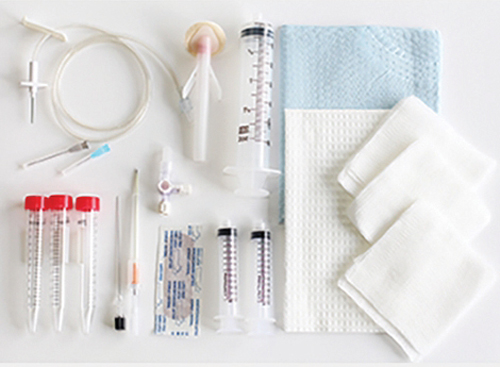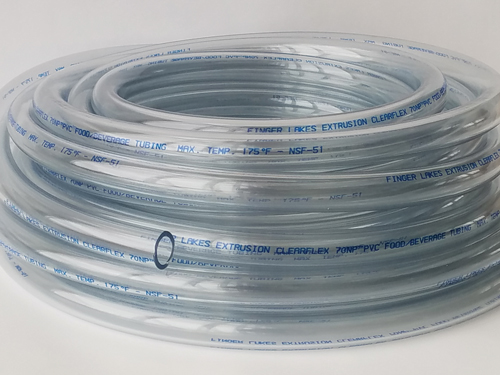ach year the healthcare industry grows and changes in ways that we never could have imagined; this year is no exception. Performance plastics are an integral part of the growth of the industry. Performance plastics experts have been able to work with scientists and engineers to make their innovations come to life. The ability of plastic materials to be clear, flexible, lightweight, easily bondable and sterilized are a few of the many benefits that keep the healthcare industry using performance plastics. Put aside the events of the last nine months (although it feels like nine years!), and there are countless applications for performance plastics that have helped improve outcomes of medical procedures and life expectancies.
For example, consider CPAP machines, which are prescribed for people with sleep apnea, a condition in which they stop breathing while sleeping because their airways are closed or blocked. You probably either know someone who uses one or perhaps you use one yourself. These machines have helped to improve the quality of sleep for the patient (and their partner!), plus decrease their chances of heart failure and death. Virtually the entire unit is made of performance plastics including, but not limited to, silicone, polyvinyl chloride (PVC) and high-density polyethylene (HDPE).
If you have ever walked into a dialysis center, you may have noticed the plethora of tubing on each unit. What you haven’t seen is the miles oftubing that are behind the walls. All of this tubing is helping the patients prolong their lives in a meaningful way.
For patients who are in the hospital for any length of time with limited mobility or those that are bed ridden, special devices and mattresses have been developed to prevent blood clots and bed sores. To prevent bed sores, patients are placed on mattresses that circulate water through tubing and channels created in these specialized products so that the pressure on the body moves to different areas. To prevent blood clots in the legs, patients wear leg cuffs (similar to a blood pressure cuff) that tighten and relax at specific intervals to keep blood from pooling. Materials including PVC and ethylene-vinyl acetate (EVA) are used in these life altering products.


All joint replacements use performance plastics as well. Joints contain cartilage that creates cushion between the bones. When replacing a joint — be it a hip, knee, shoulder, etc.— scientists had to find a long-lasting material that could do the work of cartilage. Wouldn’t you know — performance plastics are once again the answer. Different types of high performance polyethylene (HDPE) have been the most commonly used materials in these applications that provide patients a new lease on life.
How about oxygen? If you find yourself in a position where your body is not getting enough of this good stuff, performance plastics comes to the rescue again. Whether it’s in a portable oxygen unit, oxygen provided during a procedure or after a traumatic event, specially made tubing and fittings are used to administer it. The products used on the patient are simple enough, yet provide a comfortable user experience, make it easy for the provider to inspect the product for cleanliness and are an inexpensive transfer mechanism for each patient.
The work that we do on a daily basis in the performance plastics industry helps to heal and improve the health of our world. That is something that we should all be proud of. Here’s to your health … with performance plastics!